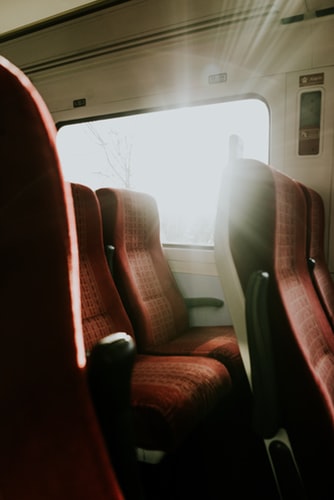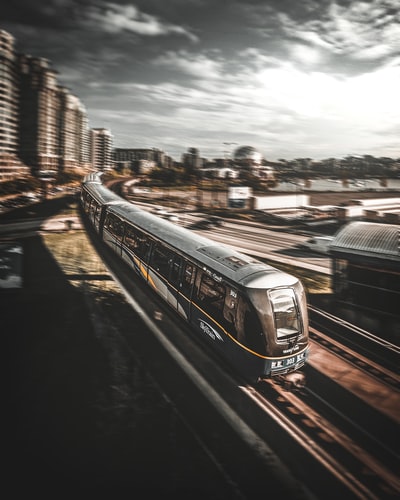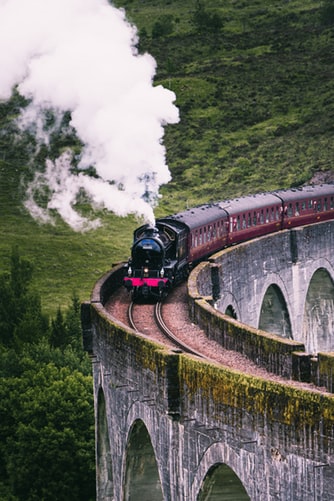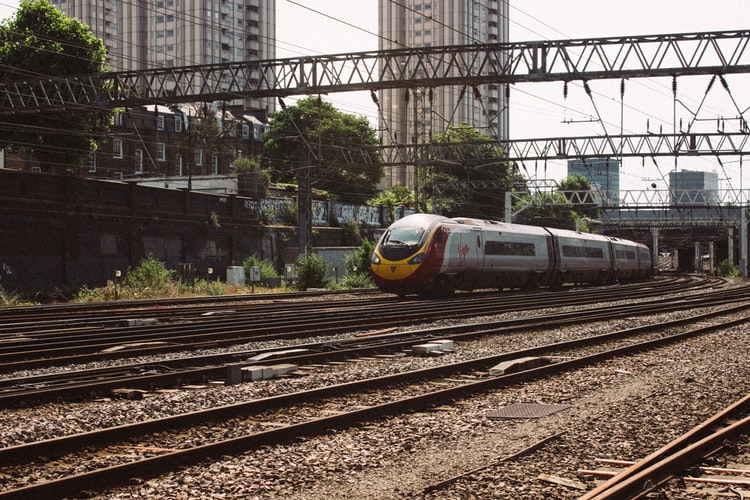These trains, which are operated by engineers and mechanical engineers, have been around since the 1800’s. The very first steam-powered locomotive was built at Basingstoke, England. Locomotives have continued to be operated and upgraded, both for style and performance, over the years. There are two types of engines used on these trains. One is the “dry freight” engine, which is used to pull the “wye” or brake train and the other is an “electric locomotive”.

Railways And Trains From Across Europe
There are several small towns within miniature Europe. Here you will find a town called Bletchley and it lies at the very end of the narrowest part of the River Nene, which meanders through Hulme, and runs through a delightful little market town. This is a wonderful spot for a picnic, and you can also visit the spot where King David had his baths in medieval time. The buildings in this town date back to the tenth century. And there are many other interesting places, both historical and tourist attractions.
If you are looking for information on the best railway to visit, then you should start your research with a good book. One such book, that you might want to read is a history and guide to the miniature railways of Britain, by Keith Geddes. This book covers the full history of British miniature railways, from the very beginning. It tells about the first tracks built by the Romans, and about how they were put together by the medieval knights of England. These tracks were often dangerous, and Geddes also explains the different types of track and their benefits and dangers. This is an excellent book for all enthusiasts, not just people looking to learn more about this intriguing hobby.

Another useful book is Trainspotting magazine, which covers the latest information and research on all aspects of railway travel, from planning your trip to actually enjoying it. The magazine contains articles on various rail events, the latest news, photos, and a glossary of railway terms. The Trainspotting website gives access to a huge database of UK and International trains, information on traveling by train and by bus, railway companies, and links to the websites of individual railway companies. It’s a great place to plan your railway vacation and to learn about the places you’ll be visiting. With Trainspotting, you’re not just learning about the places you’re going to, you’re learning about the railway experience in general.
Conclusion
For more specific information on UK railway travel, don’t feel that you should stop at just one railway: the best railways to visit are, of course, the best to travel on! Take time to read up on the best routes and the best places to go. Don’t be afraid to ask questions: railway forums are an excellent way to learn about the railway system in general and about particular stations and ways of travelling around it. If you want to get as much information out of reading reviews and articles, don’t hesitate to visit one of the several travel forums dedicated to railway travel and the people who work and live along it.

Of course, the best railway to travel on isn’t always obvious: it’s always good to ask the people you’re travelling with. Find out about eating at train stations and in restaurants, or whether there are any special offers available to families and groups. Visit websites that give information on train times and routes: the more you know, the better prepared you’ll be when it comes to planning your railway travel. Most importantly, don’t be afraid to ask your friends and family if they can recommend a place – and don’t be afraid to look. You never know what you might find.

Rose Woofter writes about sustainable luxury and the growing trend of eco-friendly, yet lavish, travel experiences, with a focus on heritage railway carriages.


